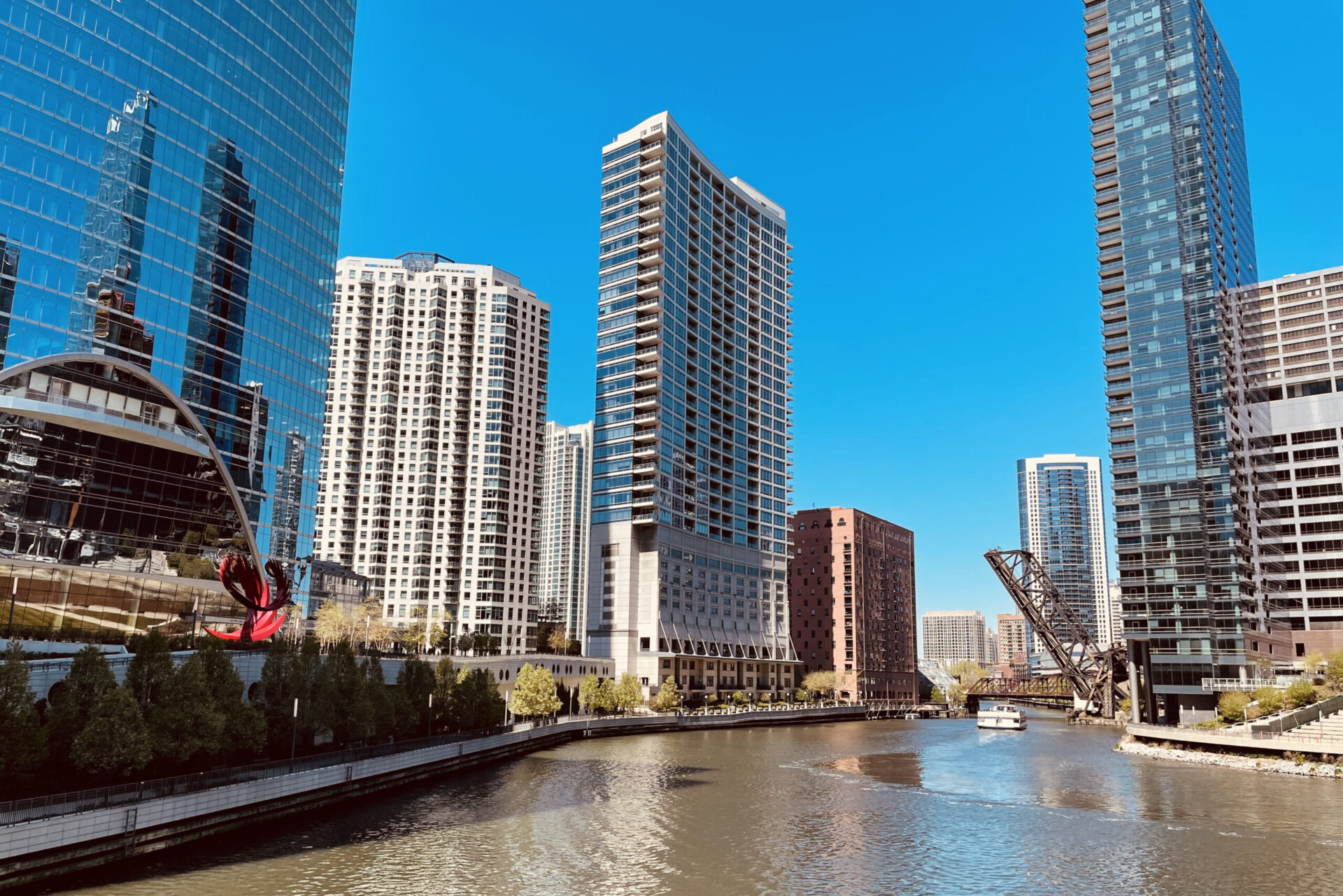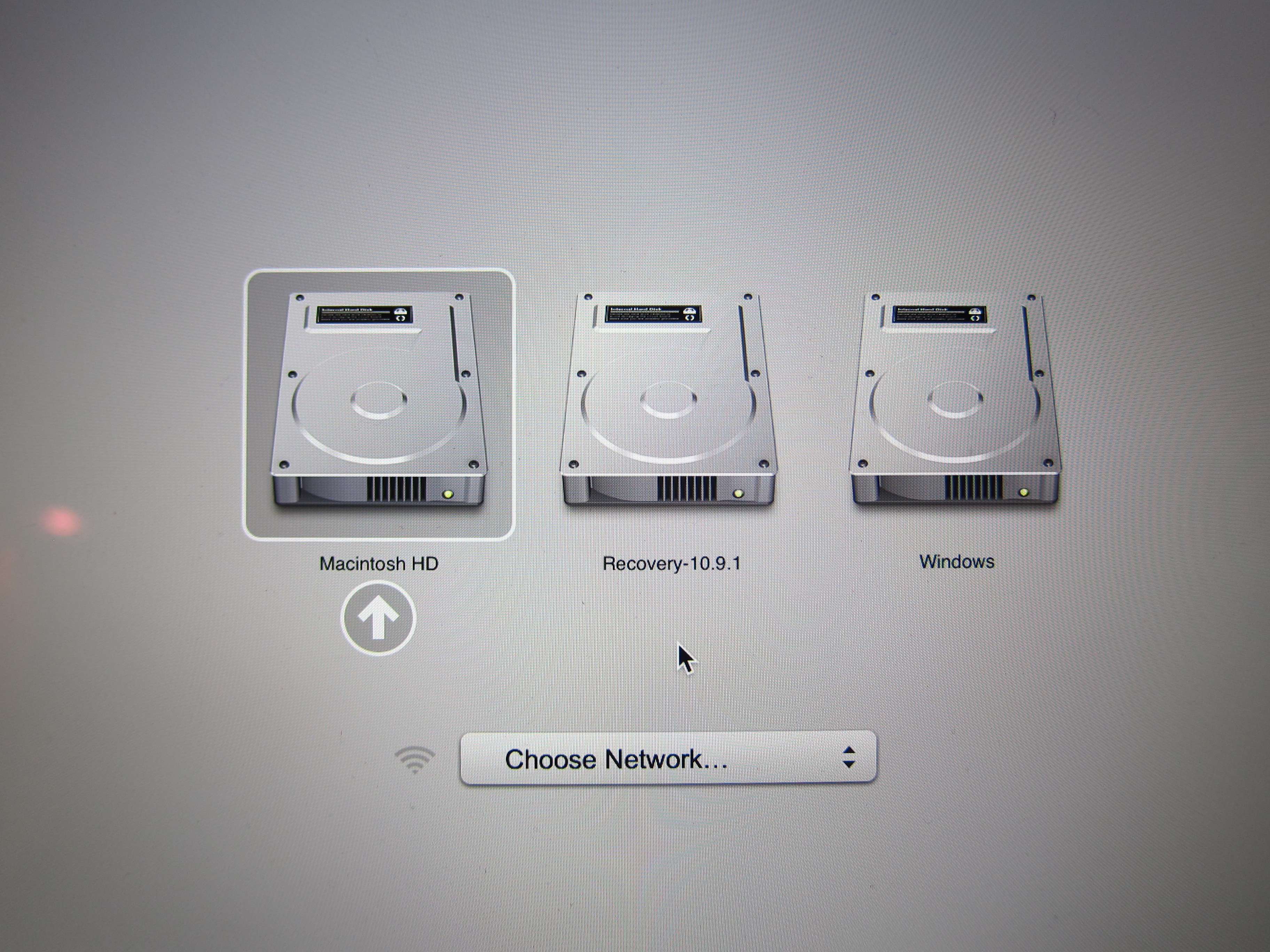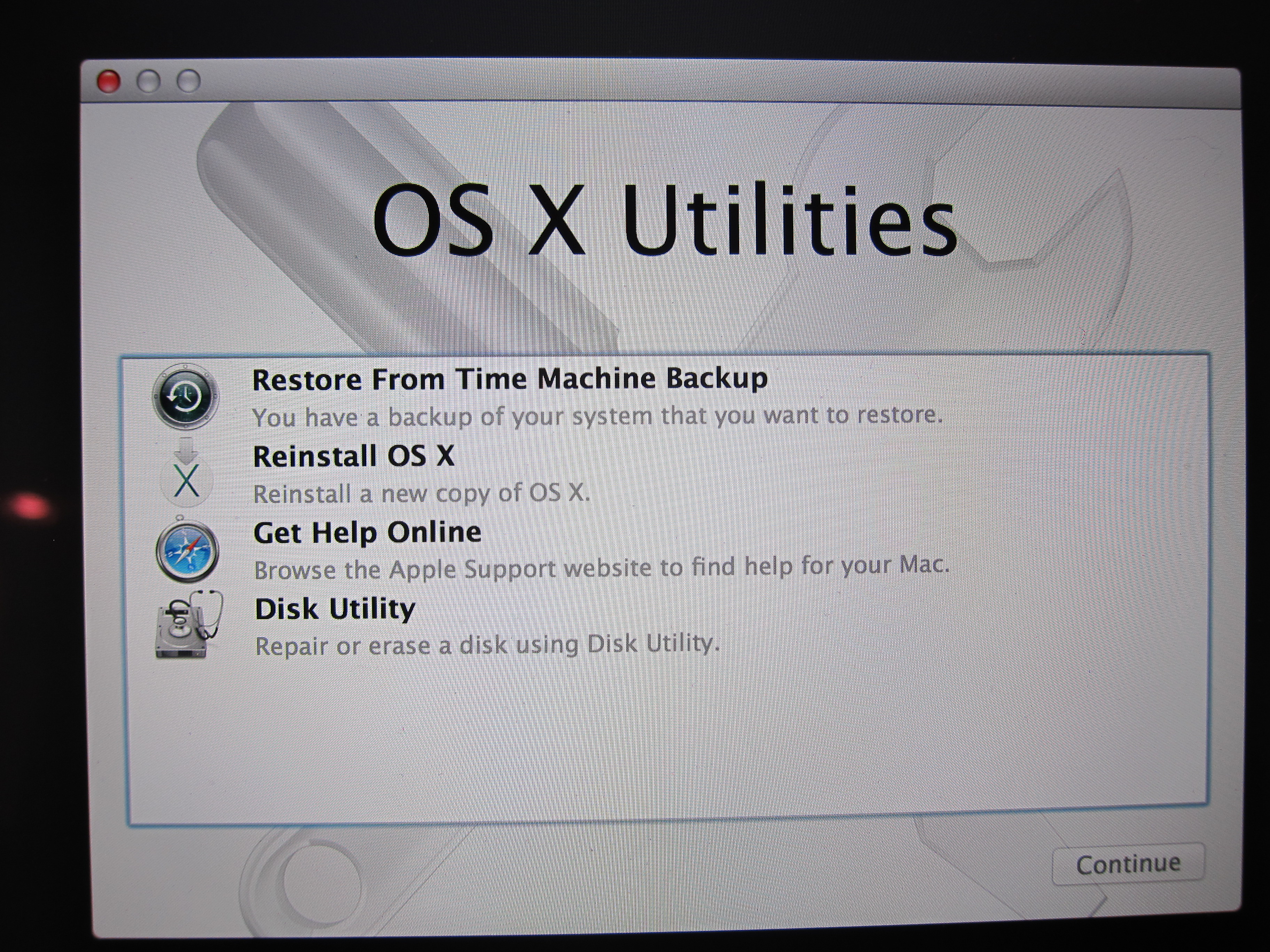 I recently bought a brand-new MacBook Pro Retina 13″ to replace my five-year-old 15″ MacBook Pro. When I turned on the new computer I dutifully ran Migration Assistant and copied all my old stuff over to the new computer.
I recently bought a brand-new MacBook Pro Retina 13″ to replace my five-year-old 15″ MacBook Pro. When I turned on the new computer I dutifully ran Migration Assistant and copied all my old stuff over to the new computer.
That migration included stuff that went back to my first Mac, the iBook I bought in 2005, as well as my iTunes library that was originally migrated from the PC I owned before I had the iBook.
Over the years I’ve done “clean installs” and removed old apps that I didn’t use or weren’t supported, but in all the time I’ve owned a Mac I’ve only done a true rebuild a couple of times.
In the old days of Windows98/XP it used to be a common practice to completely wipe your system and reload everything to give yourself a fresh start. The idea was that reformatting and reloading would get rid of all the old files and applications that cluttered up your hard drive and system performance would improve. It might have been a case of wishful thinking, but my computer always seemed to run better after a “slash and burn.” With the Mac, it never seemed necessary to do this as its internal maintenance processes always seemed to take care of performance issues.
After about a week with the new computer I decided I would do the “slash and burn” on my new Macbook Pro. I had a bunch of questions before and during the rebuild, and I decided to document my experience so all the answers could be in one place if anyone decides to do this on their own. If this guide helps you, please let me know!
1. Before You Start: Back Up Your Data and Take Inventory
Your user data:
The most important step before starting any rebuild is to make sure your data is backed up. I am religious about using SuperDuper to keep an updated, bootable image of my computer’s hard drive at the ready in case of a crash. Every file on my computer is always available on an external hard drive in the event I need it.
Most users’ data on the Mac will be found in the /Users/{username} directory on the Mac, so you should make sure at the very least that you back up that directory to an external drive, simply by copying them with the Finder. I store all my data files (except for photos and music) on Dropbox, which means that there is always a synced copy of all my data available in the cloud.
For iTunes music and iPhoto images I keep a smaller set of songs and pictures on my computer with my “full” libraries on external drives. I manage these libraries with two excellent programs from Fat Cat Software: iPhoto Library Manager and PowerTunes. These programs allow you to copy only the music and photos that you want to keep on your computer, while allowing you to keep everything else on another drive. These applications have come in very handy in recent years, as we all switch to lower-capacity SSD drives.
For iTunes music stored on my Mac, I created a single playlist with all my songs in it and then copied that playlist to my “main” library kept on an external drive. The music was already on the external drive, so the playlist merely organized those songs into a playlist that would be easily copied back once the rebuild was complete. For iPhone apps, podcasts, and other items, FatCat provided an excellent user guide to walk you through the steps to back those up.
For iPhoto pictures stored on my Mac, I simply make sure that the external library (managed by iPhoto Library Manager) is organized similarly to the one on my Mac. This means remembering to update the external library when I load pics from my devices to iPhoto on the computer. Apple’s iCloud will accomplish some of this, but I prefer to manually copy the pictures into the external iPhoto library once a month. Dropbox has a feature that will automatically download new pictures from a camera, iPhone, etc. when it’s connected to your computer, so I always have copies of my pictures in the cloud,and it’s that Dropbox directory that acts as the source when I import pictures into my main iPhoto library.
You should also remember to back up any other data that may not be in your own user directory on the Mac. In my case, I have several email accounts and several years of saved email that I wanted to keep on the new computer. The instructions found on this site will show you what needs to be backed up (it’s all in your ~/Library folder) and how to restore it to the new computer.
If you are an iCloud user, know that your data for contacts, calendars, Safari bookmarks, Notes, iMessages, and Keychain entries are all synced for you. When you login to the computer after the rebuild, all those applications will be repopulated automatically. (If you are not an iCloud user, this would be the perfect opportunity to take advantage of the free space you’re granted, just to get the backup of this important data.)
Your Application Inventory:
This step is empowering because you get to decide what gets installed after the upgrade and what’s left behind. Start a list and go through your Applications (and maybe even your Utilities) folder, writing down the programs you want to reinstall. Some are going to be obvious keepers, like Microsoft Office, while others will be relegated to the “maybe” or “no” parts of the list. My list was about 35 apps long: about 7 applications didn’t make the list.
You should take the time to locate any license keys and download links for the programs you want to keep: or, if you are like me, you do it old-school and copy the program installation files to CDs and keep them somewhere safe, along with the license key information.
Note that any application you downloaded from the Mac App Store will show up in your App Store list. Open the App Store application on your Mac and look at “Purchases” to see what’s there. When you rebuild the computer, you will be able to download these applications again, so no need to worry about download links for those programs.
Okay: your data is backed up, you know what apps you’re going to reinstall. Let’s get ready to pull the trigger.
2. Restore Your Computer
With the introduction of OSX 10.9 Mavericks, a bootable recovery partition is placed on your hard drive that allows you to reload the operating system as well as run maintenance programs like Disk Utility. In other words, you do not need a DVD or flash drive to reload Mavericks. (If you are upgrading from a previous version of OSX to Mavericks, you can follow these instructions to create a bootable USB installer.)
To execute the installer, reboot your Mac while holding down the Option key. This will bring you to a screen where you can choose to boot OSX or the recovery partition (in the photo you also see my BootCamp partition: note that running the installer does not touch an already-installed BootCamp environment, which I was very happy to learn).
Once you’re booted, you’ll see this screen:
If you want to be thorough, go into Disk Utility and erase your boot drive. After formatting, you can exit back into the main screen where you select “Reinstall OSX” and let it run.
The installation process runs for about 30 minutes, loading a base version of the operating system. A key difference with this installation is that it does not load any of the iLife applications like iPhoto or GarageBand– more on that later.
When the installation process finishes, you choose your language, enter your Apple ID, and choose login information just like any other installation. The computer will ask if you want to run Migration Assistant, and at this point you’ll just say “no” and move on. A few more clicks and you’ll be in the main OSX screen.
The Mac App Store should launch automatically and present you with a list of software that you have purchased that you can download again. Here’s where you get to go through the list and choose what you want to download. My selections took about 45 minutes to download and install. This is what the screen looked like after the installations:
This process actually makes a lot more sense than loading an older version on the computer from a disk and then dealing with downloading updates. By downloading the latest version upfront there’s no endless back-and-forth with updating versions.
Note that if you purchased your Mac after October 1, 2013 your download selections will include the Pages, Keynote, and Numbers iWork apps. Details are found on this page. If your Mac is older, you’ll have to pay for those apps.
Now we have the more tedious interactive part of the process: downloading each of the apps (or loading them from CD/DVD) and installing them. This is where you’ll need your downloaded license keys if you have any paid applications.
To restore Mail to the way it was before, refer to this guide again.
During your iCloud login you synced your iCloud Mail, Contacts, Calendars, Bookmarks, etc., so you should be all set with those core applications.
For iTunes, refer to the PowerTunes guide linked above to copy the playlist you created (and all its songs) back to your new library. You can also follow the guide to return the iPhone/iPod/iPad apps to your new iTunes library. Note that when you sync your i-Device to the computer for the first time it will tell you it’s synced to another library. You’ll want to back up the device to the computer, and then do an Erase and Sync to bring the i-Device back in sync with the newly-setup Mac.
For iPhoto, follow the instructions in the iPhoto Library Manager guide to copy over only the events/photos you wish. I only keep a couple years’ worth of photos on the computer, leaving the rest on the “big” library on the external drive.
And that’s basically it! You now have as clean a system as you can get without starting completely from scratch.
3. What if Something Goes Terribly Wrong?
Remember at the very beginning when I recommended taking an image backup of your hard drive before starting? If for some reason you want to go back to the computer exactly as it was before you started, just attach the external drive where you saved that image with SuperDuper, boot from that drive (by holding down the “Option” key and selecting the backup drive), then copy the external drive right on top of the internal one. Depending on how much data you have, this may take a while but at the end you will have your computer back to its previous state.
I am happy to report that this process, while it took about 6 hours start-to-finish, resulted in a very happy MacBook. It seems to be running a little better, my iTunes library is now cleaned up, and I regained about 11 GB of space by getting rid of things I didn’t need.
I really hope this guide helps, and I will be sure to update this guide with any suggestions that any of you may have.
Good luck!



